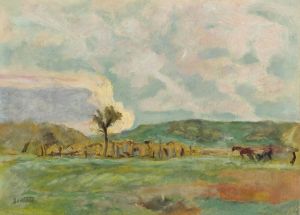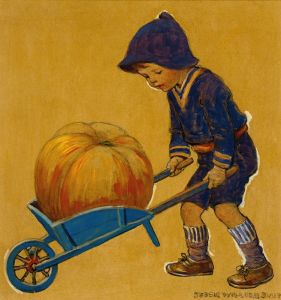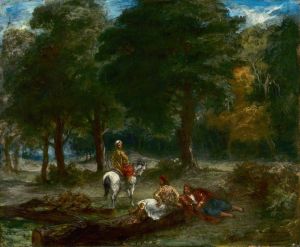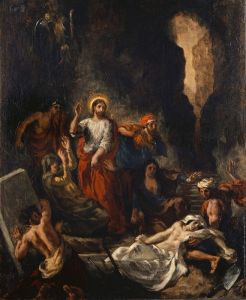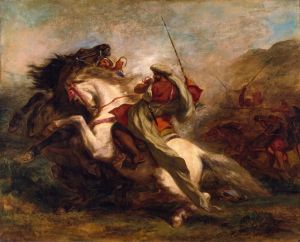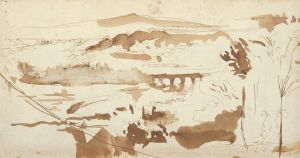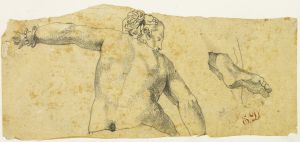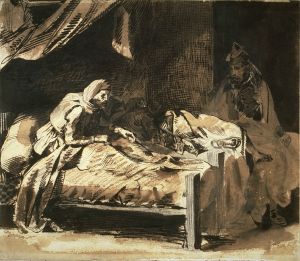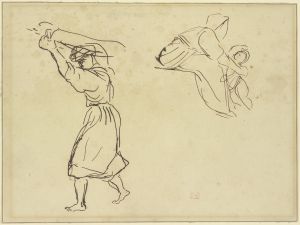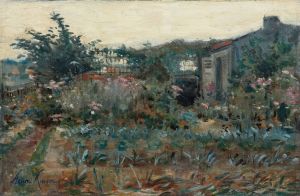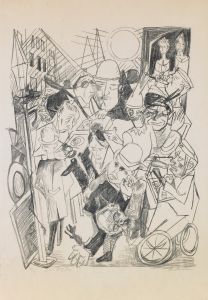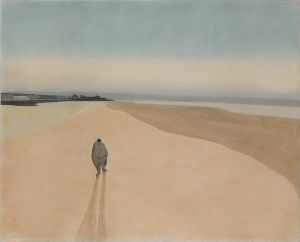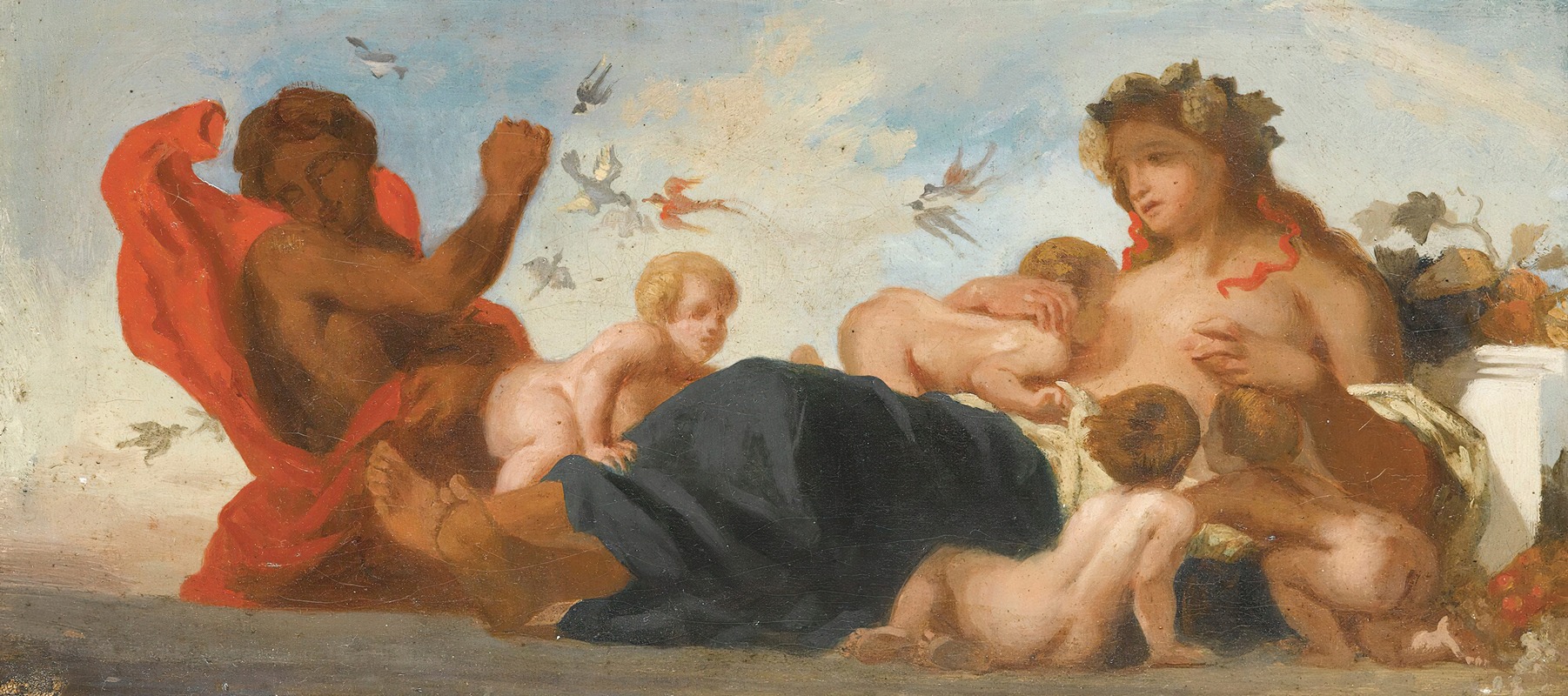
Study for l’Agriculture in the King Salon
A hand-painted replica of Eugène Delacroix’s masterpiece Study for l’Agriculture in the King Salon, meticulously crafted by professional artists to capture the true essence of the original. Each piece is created with museum-quality canvas and rare mineral pigments, carefully painted by experienced artists with delicate brushstrokes and rich, layered colors to perfectly recreate the texture of the original artwork. Unlike machine-printed reproductions, this hand-painted version brings the painting to life, infused with the artist’s emotions and skill in every stroke. Whether for personal collection or home decoration, it instantly elevates the artistic atmosphere of any space.
Eugène Delacroix, a leading figure in the French Romantic movement, is renowned for his expressive brushwork and vibrant use of color. One of his lesser-known works, "Study for l’Agriculture in the King Salon," reflects his mastery in capturing dynamic compositions and emotional intensity. This study was part of Delacroix's preparatory work for a larger decorative project, showcasing his process in developing grand themes for public and royal commissions.
Delacroix was frequently commissioned to create large-scale works for public buildings, and his involvement in such projects often began with detailed studies. These studies allowed him to explore various compositional elements and refine his ideas before executing the final piece. "Study for l’Agriculture in the King Salon" is an example of this meticulous preparation. Although the final work for the King Salon is not as widely recognized as some of his other monumental projects, the study itself provides insight into Delacroix's artistic process and thematic interests.
The King Salon, located in the Palais Bourbon in Paris, was one of the many prestigious venues where Delacroix's work was displayed. The Palais Bourbon, home to the French National Assembly, was a significant site for artistic decoration during the 19th century. Artists like Delacroix were commissioned to create works that would convey the power and grandeur of the French state. In this context, themes such as agriculture were often depicted to symbolize prosperity, growth, and the nurturing aspects of governance.
Delacroix's study likely focused on allegorical representations of agriculture, a common theme in art that symbolizes fertility, abundance, and the cyclical nature of life. While the specifics of the composition in "Study for l’Agriculture in the King Salon" are not widely documented, it can be inferred that Delacroix employed his characteristic style—dynamic figures, dramatic contrasts of light and shadow, and a rich color palette—to bring the theme to life.
The Romantic movement, to which Delacroix belonged, emphasized emotion, individualism, and the sublime, often drawing inspiration from history, nature, and mythology. Delacroix's work frequently explored these themes, and his studies for larger projects were no exception. Through his preparatory studies, Delacroix was able to experiment with different visual narratives and refine his approach to conveying complex themes in a visually compelling manner.
Although "Study for l’Agriculture in the King Salon" may not be as famous as Delacroix's other works like "Liberty Leading the People" or "The Death of Sardanapalus," it remains an important piece for understanding his approach to large-scale commissions and his role in the decorative arts of 19th-century France. Delacroix's ability to infuse allegorical subjects with emotion and vitality is evident in his studies, which continue to be appreciated for their artistic and historical significance.
In summary, "Study for l’Agriculture in the King Salon" exemplifies Eugène Delacroix's skill in preparing for major decorative commissions, highlighting his thematic focus on allegory and his distinctive Romantic style. While specific details about the study are limited, its existence underscores Delacroix's contribution to the artistic embellishment of significant public spaces in France.





